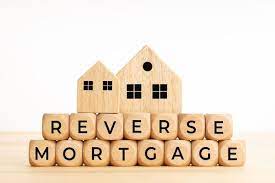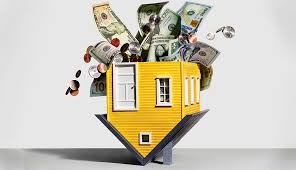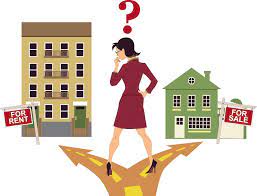 February 2024
February 2024
Reverse mortgages are a relatively new financing option allowing property owners to borrow against the equity in their home. They are viewed as a way to age in place despite having a fixed income and dealing with the rising cost of living.
A reverse mortgage pays the borrower. They may receive a lump-sum payment, line of credit, equal monthly payments for a fixed number of months, or monthly payments until the full loan is paid out. Loan interest can be a fixed or variable rate.

A reverse mortgage loan comes due when the borrower dies, when the home is no longer used as a primary residence, the borrower fails to occupy the residence for longer than 12 consecutive months, or when the property is sold. When one of these events happens, the loan must be paid in full by the borrower or their heirs. This may require that the home be sold to pay off the loan amount and interest that was paid out.
If the sale price is sufficient to satisfy the debt, remaining funds go to the borrower or heirs. If the sale price is below an amount sufficient to satisfy the debt, the lender takes the loss. The lender is unable to go after other assets to recover the outstanding balance. Lenders protect against this by restricting loan limits to a percentage of the home’s value.
Reverse mortgages allow individuals to continue living in their home when they otherwise don’t have enough money to maintain it and cover basic living expenses.







